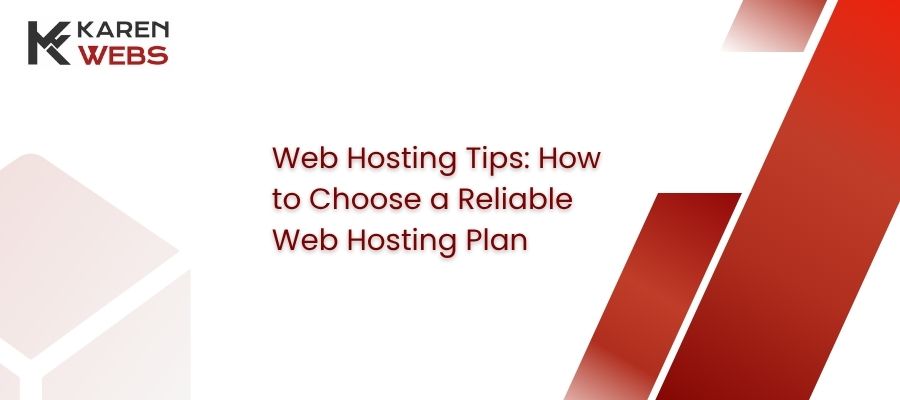The hosting plan you choose for your website can either make or break your online experience; hence it helps to understand the basics about web hosting to make a well-informed decision. Premium hosting can be quite expensive but there are reliable and affordable hosting packages ideal for startups and you can upgrade your hosting package to match your website’s growth demands as they emerge. In this blog post, I am going to focus on the 4 key things to consider when choosing a web hosting plan for a startup website and these are Storage, Mail, C-Panel, and Bandwidth.
Storage
For a website to be accessed on the internet, its files have to be on an accessible server also referred to as the cloud. Website files vary in size from Kbs for text files to Mbs and Gbs for multimedia files. It is important to note that although the overall size of your website might fit into the storage size allotted in your hosting plan at the time of launching, websites that collect content such as photographs and videos from their visitors and administrators are bound to inflate the overall size occupied by the website. This means that if you choose a hosting plan that allots you 15Gb storage space for example, your uploads are going to be limited when they reach the 15Gb limit. Understanding the type of data that your website will be gathering and at which rate is therefore essential to determine the amount of storage that will be sufficient to your website.
Cheap hosting tends to lack essential features whose impact is not noticed until such a time that the lack of the said feature becomes a frustration to the website once it has been launched. One such feature that is dominantly compromised by cheap hosting is the mailing feature also referred to as the SMTP (simple mail transfer protocol). The ability to send and receive emails using your website domain’s email address (for example info@karenwebs.com) can become frustrating if not impossible when your hosting package compromises the SMTP feature, hence you should check the listed features in the hosting package that you are about to purchase to make sure the SMTP feature is included.
C-Panel
The C-Panel (Control-Panel) is the back-end interface where your website is managed and also where all your website’s source-code files can be accessed and edited directly. Other activities performed in the C-panel include creating and managing databases, creating and managing web emails, alongside many other functions. The key thing to look out for when choosing a hosting plan is the release version of your C-Panel and ensure that it is not an outdated version; you might need to consult a web developer like me or another C-Panel handler that you might have in your contacts to check if the C-Panel you are about to purchase in your hosting plan has any compatibility and/or security issues.
Bandwidth
The speed with which your website loads on a browser is heavily dependent on the amount of bandwidth allotted in your hosting package. It works a lot the same like the Random Access Memory (RAM) utility in a computer; the more RAM you have on your computer, the faster your computer tends to process its tasks. You might have experienced a situation where you wanted to access a particular website but it took so long to respond because there were many other users trying to access the same website (like when it is the tax deadline and everyone is trying to file their tax returns online in the last minute); the reason you experience the drag is because the bandwidth for the website is not sufficient to handle bulk traffic all at once – hence you can see the need to choose your hosting plan with bulk traffic in mind. Like I said at the start of this blog post, it is indeed possible to find affordable hosting plans that support all the above key concerns; but there are also many mediocre plans that you get for the same cost or even much higher that match the frustration of each and every point addressed above.

